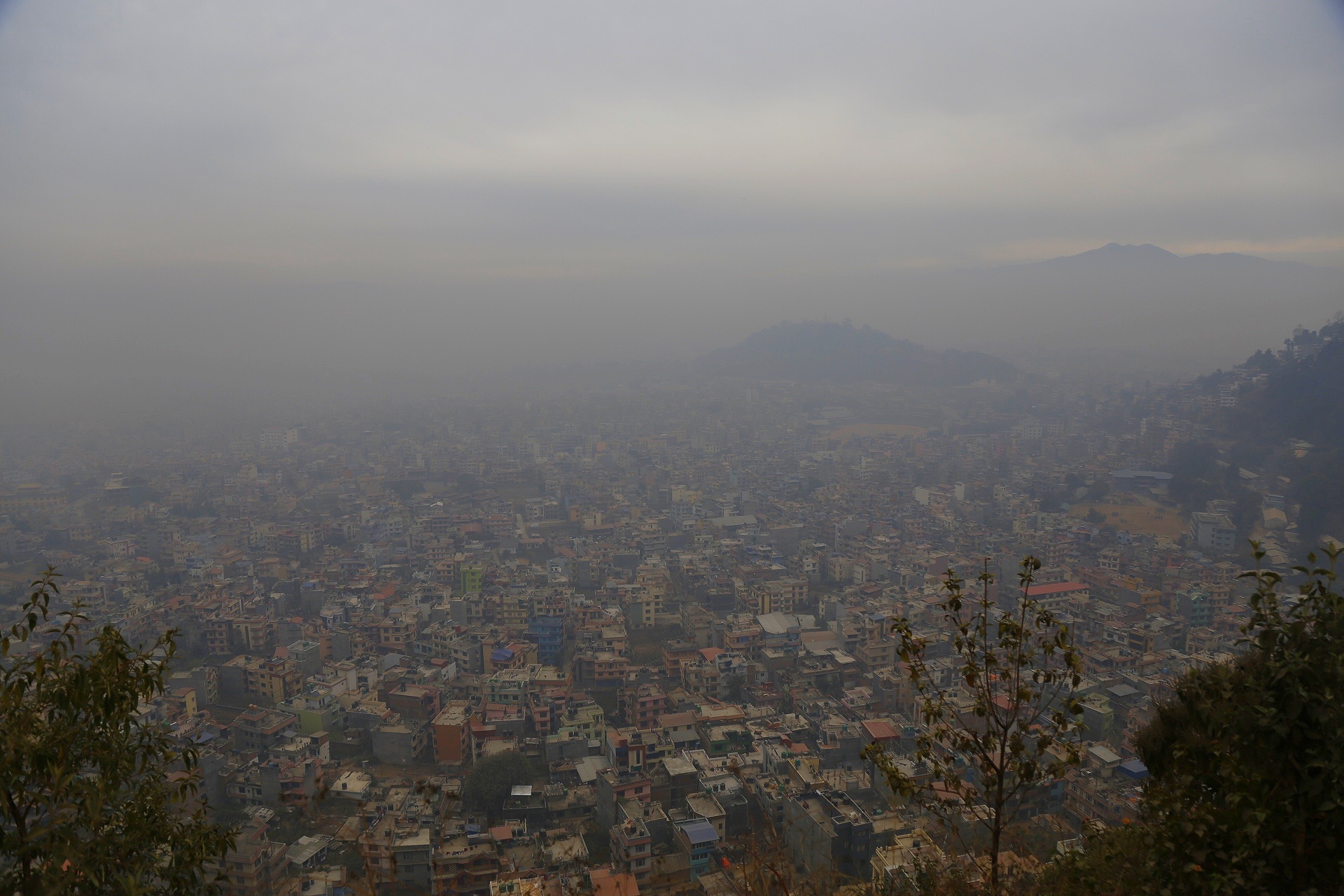
A woman cools off with water distributed by the Red Cross charity near the entrance of the Acropolis in Athens, Greece, in July 2023
Louisa Gouliamaki / AFP/ Getty
- Summers and heatwaves in Europe will be even more sweltering than feared.
- The regional climate models relied on by planners greatly underestimate summer heat because they don’t factor in more intense sunshine due to falling air pollution, a study has shown.
- “If models don’t take air pollution changes into account, they will underestimate the intensity of future heatwaves even more than they underestimate mean summer warming,” says Dominik Schumacher at ETH Zürich in Switzerland. “It’s problematic because a lot of European countries strongly rely on these simulations to plan for the future.”
- Running global climate models requires a lot of expensive computer time, so researchers often look only at smaller regions, allowing them to run more detailed models. These higher-resolution regional models are typically relied on by governments, as their projections for specific locations are supposed to be more accurate than global models.
- “The regional models are used in many countries to inform future changes, so really should do a good job capturing the observed warming,” says Schumacher.
- But when he and his colleagues compared the observed summer warming in Europe between 1980 and 2022 with the projections of global and regional climate models, they found the regional models underestimated the actual warming by more than 1°C, on average. The global models did better, only underestimating by an average of around 0.5°C.
- One explanation is the models are missing changes in air circulation patterns that are bringing more heat into the region. When Schumacher excluded the effects of circulation changes, this brought the global models nearly in line with the observed warming, but the regional models still underestimated the changes by more than half a degree on average.
- Next, the researchers looked at what assumptions the models make about sunlight intensity. They found that most regional models didn’t account for the fact that sunlight intensity is increasing in Europe as levels of air pollutants decline. The few models that do factor this in match the observed warming.
- “The key reason why these regional climate models failed to reproduce this human-induced warming is that most of them assume that air pollution is constant,” says Schumacher, who presented the finding at a meeting of the European Geosciences Union in Vienna, Austria.
- This means the regional models are underestimating how much warmer European summers will be by 2100 by more than 2°C, the team concludes. The underestimation of heatwaves is even greater, because during heatwaves there are usually clear skies and even more sunshine than normal, says Schumacher.
- Regional models will now all be altered to take account of falling air pollution, but this will take time, he says.
- It has been suggested that falling air pollution is partly responsible for the record-smashing global temperature rises in the past year or so, which were even higher than expected due to rising greenhouse emissions. Schumacher says the team’s study doesn’t shed any light on this question, but that other studies presented at the meeting found this isn’t the case.
- He also stresses that his team’s findings shouldn’t be taken to mean that air pollution is a good thing, pointing out that it is estimated to cause millions of deaths every year.
Topics:
SDGs, Targets, and Indicators
1. Which SDGs are addressed or connected to the issues highlighted in the article?
- SDG 3: Good Health and Well-being
- SDG 7: Affordable and Clean Energy
- SDG 11: Sustainable Cities and Communities
- SDG 13: Climate Action
- SDG 15: Life on Land
2. What specific targets under those SDGs can be identified based on the article’s content?
- SDG 3.9: By 2030, substantially reduce the number of deaths and illnesses from hazardous chemicals and air, water, and soil pollution and contamination.
- SDG 7.2: By 2030, increase substantially the share of renewable energy in the global energy mix.
- SDG 11.6: By 2030, reduce the adverse per capita environmental impact of cities, including by paying special attention to air quality and municipal and other waste management.
- SDG 13.1: Strengthen resilience and adaptive capacity to climate-related hazards and natural disasters in all countries.
- SDG 15.1: By 2020, ensure the conservation, restoration, and sustainable use of terrestrial and inland freshwater ecosystems and their services.
3. Are there any indicators mentioned or implied in the article that can be used to measure progress towards the identified targets?
- Indicator for SDG 3.9: Number of deaths and illnesses attributed to air pollution.
- Indicator for SDG 7.2: Share of renewable energy in the energy mix.
- Indicator for SDG 11.6: Air quality index in cities.
- Indicator for SDG 13.1: Number of people affected by climate-related hazards and natural disasters.
- Indicator for SDG 15.1: Percentage of terrestrial and inland freshwater ecosystems under conservation and sustainable use.
Table: SDGs, Targets, and Indicators
| SDGs | Targets | Indicators |
|---|---|---|
| SDG 3: Good Health and Well-being | 3.9: By 2030, substantially reduce the number of deaths and illnesses from hazardous chemicals and air, water, and soil pollution and contamination. | Number of deaths and illnesses attributed to air pollution. |
| SDG 7: Affordable and Clean Energy | 7.2: By 2030, increase substantially the share of renewable energy in the global energy mix. | Share of renewable energy in the energy mix. |
| SDG 11: Sustainable Cities and Communities | 11.6: By 2030, reduce the adverse per capita environmental impact of cities, including by paying special attention to air quality and municipal and other waste management. | Air quality index in cities. |
| SDG 13: Climate Action | 13.1: Strengthen resilience and adaptive capacity to climate-related hazards and natural disasters in all countries. | Number of people affected by climate-related hazards and natural disasters. |
| SDG 15: Life on Land | 15.1: By 2020, ensure the conservation, restoration, and sustainable use of terrestrial and inland freshwater ecosystems and their services. | Percentage of terrestrial and inland freshwater ecosystems under conservation and sustainable use. |
Copyright: Dive into this article, curated with care by SDG Investors Inc. Our advanced AI technology searches through vast amounts of data to spotlight how we are all moving forward with the Sustainable Development Goals. While we own the rights to this content, we invite you to share it to help spread knowledge and spark action on the SDGs.
Fuente: newscientist.com

Join us, as fellow seekers of change, on a transformative journey at https://sdgtalks.ai/welcome, where you can become a member and actively contribute to shaping a brighter future.






